
Discover more from Pope Head Post
“We are fighting the wrong enemy.” Allen Dulles expressed this sentiment in 1942, while serving as the Swiss director of the OSS. He had reevaluated the ongoing war with Nazi Germany and decided that the Communist threat was far graver than the National Socialist one. So, the question becomes, who is the right enemy?
James Jesus Angleton, who would serve as chief of counterintelligence during Avery Dulles’ kingship of the CIA, viewed the world as “a wilderness of mirrors.” His undisputed genius was only matched by his all-encompassing paranoia. This paranoia would define the entirety of the agency’s trajectory. In this framework, the question of “who is the right enemy” is answered with a single word. “Everyone.”
Even allies must be treated with suspicion, even allies must be made malleable.
There is an unspoken maxim among intelligence circles in regard to subversion. To destroy or control a community you must undermine its institutions, erode its sense of identity, tear away at its hierarchical order, and discredit its elections. Keep this in mind going forward.
________________
Cardinal Avery Dulles was possibly the most influential American theologian of the 20th century. His elevation to the rank of cardinal, the only professional American theologian to ever receive such an honor, is a testament to that fact. He was granted a personal dispensation by John Paul II for his elevation to bypass the need for a bishopric. As we shall soon see, his impact on the American Church was monumental. This is not a controversial fact. What could be seen as controversial are the implications of some indisputable facts I will present.
The Dulles clan were not Catholics. It was seen as an abnormality that Avery would convert to Roman Catholicism out of the blue. An abnormality that has not been scrutinized as well as it should be. Avery was both the nephew of Gladio mastermind and CIA director Allen Dulles, as well as the son of Secretary of State John Foster Dulles, the man instrumental in both the Iranian and Guatemalan coup d’etats and a strong supporter of the NATO project. It is misleading to suggest his family was full of cold warriors, no, his family in a sense was the Cold War. Avery Dulles, in 1946, “coincidentally” the same year that US intelligence begins to cement its alliances with Rome, joins the Jesuits.
For the last hundred years, the Society of Jesus (Jesuits) has been a hotbed for modernist theologians and revolutionary activity. De Chardin, Fernando Cardenal, the list of names is endless and the damage is incalculable. The Jesuits from the beginning functioned as an intelligence branch of the Papacy, a weapon of the Counter Reformation, and embedded themselves in foreign countries for this express purpose. It is far beyond the scope of this article to summarize the Jesuits, but the fact that it was the Jesuits that Avery Dulles joined, at this particular time, is telling. Avery would then go on to be ordained by Cardinal Francis Spellman in 1956, while Avery’s father was Secretary of State. Spellman was quite literally at the vanguard of American intelligence’s gladio-adjacent shenanigans. Spellman was at the forefront of the information campaign to urge Italian americans to convince their grandparents in “the old country” to vote against the communists, and arranged for the US to bombard the peninsula with cold war era radio propaganda, and support the CIA-backed Christian Democrat party. Spellman was the head of the Knights of Malta’s American branch, which functioned as the main go-between for the CIA and the Vatican.
Spellman was also very much in the forefront of the propaganda war against the Viet Cong, much like Avery Dulles’ father. Spellman also had tight connections with Allen Dulles for obvious reasons, and were scheming together since at least the late 40s. Interesting New York Times headline:
Isn’t it odd then, that Avery Dulles, nephew of Allen Dulles CIA chief and son of John Foster Dulles secretary of state, would be ordained by Cardinal Spellman as a Jesuit. A man who did not come from a Catholic family, but had a politically useful conversion. If this wasnt engineered from the start, then the Dulles must have at least sensed the political utility of Averys position and took advantage of it. The idea that the Dulles brothers would not include Avery in their machinations “out of respect for the church”is simply inconceivable.
Avery would go on to to become one of the most influential theologians in the American Church, and exert unparalleled influence over its structure and educational institutions. From the Archdiocese of New Yorks website:
He would also go on to be president of the Catholic Theological Society of America and the American Theological society.
The infiltration of American institutions of higher education by the CIA in this period is well documented. Again, it is almost unthinkable that Allen Dulles would not employ his nephew in his schemes when he had an unparalleled influence over American theological institutions.
Before continuing, you may be wondering why the CIA would ever wish to undermine the authority of the Catholic Church, when they were committed allies against the (very real) communist threat. I will refer you to the beginning of the article. In the paranoid methodology of intelligence agencies, “the question of ‘who is the right enemy’ is answered with a single word. ‘Everyone.’”
Of course, this is the most charitable and uncontroversial explanation…
__________________
The current state of American seminaries is so piss poor that if conservative lay catholics new the truth they would riot. The rot of modernism is so ubiquitous that words cannot do it justice. Much of this can be contextualized by Pius X’s own takedown of modernism, the proud “frenzy for novelty,” but another blame lies in the fact that Theologians have become sociologists, and the noble science of theology is now completely perverted with the theories of the social sciences. I will give you an example to demonstrate just how deep the sickness has become.
The Catholic Theological Union is one of the largest Catholic graduate schools of theology in the world. Its president Barbara Reid is a self described feminist theologian. Let’s take a look at some excerpts of her book Feast of Wisdom.
This is deeply unsettling.
But not only is she theologically bankrupt she may also suffer some form of mental impairment as well, a conclusion I reached after reading this line in her book:
…….yeah.
She also implies that St Pauls call to “carry one’s cross” can be inherently oppressive.
While Avery Dulles did not openly espouse anything so heretical, he directly fostered the academic environment that would engender this nonsense. He was at the forefront of elevating the authority lay theologians had in the church, striking at the power of the bishops, which would directly lead to disasters like that of Barbara Reid.
To understand the genius hoodwink of Avery Dulles, and the strategy of tension applied to the Catholic Church, we must first understand Avery Dulles’ most influential work, a work that would change the field of ecclesiology forever.
__________________
Avery’s methodology was based on the construction of “models,” and the influence of sociological theory is evident here.
( link )
Some obvious things to bring attention to, Avery plainly states his model’s approach is a rebellion or outright attack on neo-scholasticism. He decries the “rigidity” of neo-scholasticism in favor of “dialogical approaches.” As we shall see going forward, Dulles’ perception of “images” and church structure is purely sociological, the divine God given images of scripture are to be used purely for utility, their value judged on their effectiveness in mobilizing or “organizing” the masses.
Avery Dulles applies his “model” technique to the realm of ecclesiology in his book Models of the Church. In it, he describes five models for Church organization. The models he describes are (1) Institution, (2) Mystical Communion, (3) Sacrament, (4) Herald, and (5) Servant.
Throughout the book he plays the dispassioned moderate, “objectively” assessing the different model’s strengths and weaknesses, and then synthesizes the various models at the end of the book. Here lies the great hoodwink, the ingenious sleight of hand. The great false equivalency that forms a master class in manipulation. By framing the five models as all equally worthy of analysis, he implies a kind of equality of value and utility. But here is the trick, the first model, the institutional, is in fact the ecclesiastic structure of the church that has developed and was maintained since its inception. It is ancient and sound ecclesiology. The other four models are novelties that were invented within the last hundred years. And the other four are in reality just four nebulous appendages of the same body, modernism. And almost all of the positive aspects of the other four models were already a part of the “institutional model” since the beginning, which he falsely excises from it.
Let’s first examine how he introduces the different models.
Several masterful obfuscations were just presented to us in rapid and daring succession. The first model, the juridical model as he calls it, which is in fact the ancient model of societas perfecta, is quickly and matter-of-factly stated to have begun in 1600. He can never make up his mind about when this model popped into existence as in other places he says the “institutionalism” began in the High Middle ages. This is very much in line with the general sentiment expressed by progressive clerics today, that the middle of Catholic history was a kind of aberration, perverted by clericalism and *gasps* institutions. They conjure up in their imaginations this mythical early period of church history, where everyone frolicked in groves and sang kumbaya- when men and women had not yet been oppressed by clerical hierarchy. This Never Land as I describe it, is pure smoke and mirrors, a Fata Morgana presided over by a Petrus Pan. They are seemingly as blind to Patristic sources as the Calvinists. As we shall see in some of Dulles’ most egregious statements, he believes the ancient offices of the Church are human inventions created to fulfill a societal need in a particular epoch. I will give you a foretaste now of one of Dulles’ comments to make my point.
This is really bad. The Didache to Dulles is as valuable as dust. Does he not realize that Paul presents us with a clear schema of early ecclesiology?
Paul had a brilliant legalistic mind and he knew exactly what he was doing here in his ordering of appearances.
a. Cephas
b. “12”
c. “500”
d. James
e. “Apostles”
f. “1”
A universal and local hierarchy is laid out here, it is literally in the DNA of the Pauline epistles. The Chuch Fathers would then craft our ecclesiology in the earliest centuries of Church History, during this supposed mythical “Neverland” period, defining the positions of the Church and constantly asserting which positions had authority. This is the fundamental bedrock on which the church structure would be built, this “juridical” model did not just pop out of thin air in the medieval period or during the Counter Reformation. If we are being charitable to Dulles, he is historically illiterate. No, Dulles knows exactly what he is doing here, just as Paul knew exactly what he was doing.
He goes on to rain down the harshest criticisms of any of the models in his “objective” analysis of institutionalism. He even goes so far as to imply Jesus would have condemned the “middle period” of Church history, and equates it with Pharisaism.
But here we can find his real gripe with institutionalism, that bishops having control over doctrine makes it so that theologians cant just spout whatever the hell they want.
Well the fruits of this “creative and fruitful” theology are on full display in every major theological institution today, allowing a woman like Barbara Reid to be president of one of the largest graduate schools in the Catholic sphere.
It is hilarious how protestant the man sounds. Patrisitcs simply do not exist I guess. The claim is doubly insulting when you realize that the empowering of lay theologians and the atrophy of institutional authority is directly leading too “catholic” theologians denying these very things. Avery will at certain points fully reveal himself, a let his mask fall.
This is nothing less than a cultural revolution instigated by a foreign agent.
___________________________
The second model that Avery presents is what the subsequent models actually fall under, the great break with tradition that coincides with the Second Vatican Council. He describes it as the “mystical” approach, which can better be described as the “Peoples Church.”
Here we have the ultimate obfuscation. He starts the chapter by appealing to the idea of the Church as a mystical body, and then supports it with lines from Paul and Augustine. The problem is that nothing in the institutional model contradicts this, the institutional hierarchy of Church history also perceived itself as a mystical body of believers. He then switches in the “People of God” model as synonymous with the mystical body, implying that when Paul discusses the Church as a Mystical Body of believers, he is actually advocating a democratization of the Church in line with V2. As if the image of a mystical body of believers is a call to abolish rigid hierarchy. This is so dishonest it’s sickening. This false binary of institutionalism vs mystery is absurd. The established church structure was always imbued with mystery. This “mystery” or “mystical” attribute that “institutionalism” seems to lack is in effect just a magic word to radically dissolve and restructure the ekklesia, “mystery” is in effect the modernist’s alcahest.
He then goes on to introduce three other models, which are in fact all similar in most respects and only minor movements, now elevated through the five models framing as all equally worthy of analysis and capable of standing shoulder to shoulder. And the valuable aspects of the other models are all already found in the original “institutional” model. That is of course, for the last model, the servant model. The servant model is simply radical liberation theology, in which he quotes all the usual suspects. He even gives an uncritical nod to Teilhard de Chardin.
In this five models framework, Avery ingeniously manages to put the ancient structure of the church on par with the heresies of liberation theology, both two different models to be dispassionately analyzed and then synthesized. He even at times admits that all the other models are the same damn thing.
What the entire project actually amounts to is a justification of the destruction of the Churches institutions, by using sociological theory under the facade of theology.
That about says it all.
____________________
There is an unspoken maxim among intelligence circles in regard to subversion. To destroy a community you must undermine its institutions, erode its sense of identity, tear away at its hierarchical order, and discredit its elections.
This entire book, which influence cannot be overstated, was one giant attack on the legitimacy of the Churches sacred institutions and structure.
Its hierarchy was also called into question mulitple times. But that is not all, he also viciously attacks the very identity of the Church, its Latin language and culture.
The ultimate strike on the very identity of the Roman Catholic Church.
_______________________
By striking at the Churches institutions, hierarchy, and divine legitimacy, he also looked to empower lay theologians. From Mark Massas book:
What Dulles was really doing, was trying to incite theological division, and frame that as not only positive for the church but a historical hallmark of church history.
And to really sum it up:
A “strategy of tension” if you will. Hmmmm…..
________________
It is hard to state how influential Avery and his approach to ecclesiology were on the American Church. With the publishing of the book, the US bishop conferences basically picked up its message and ran with it. It was the intellectual underpinning of the entire revolution in the American Church. The way in which the church was structured was fundamentally changed, its institutions devalued and new bureaucratic networks simply filled the gaps, under the guise of a democratized church devoid of hierarchy like in the imagined days of Petrus Pan and Neverland. This helped engender the bishop conferences and the disastrous reign of Cardinal Bernardin.
It also gave an excuse for theologians to craft up all manner of bs openly. “We’re working from different ecclesiological models.” A maxim incited by Dulles’ work, the rallying cry for radical dissent from established Catholic doctrine.
Constant change. Pluralism. Tension.
His efforts also cleared the path for radical ecumenism.
The fruits of Dulles’ ideas are now the party line of Rome today.
So is it not strange, that the son of a Secretary of State, and nephew of a legendary CIA director, seemed to exert such a large influence in changing the culture and structure of the Church? His influence so great that he became the only American theologian to be granted the position of Cardinal. Applying the very strategies his uncle used on other countries to the Church itself?
Rome is now pliable. In the next installment, we will examine the other machinations that occurred in the Roman color revolution.
______________________________
One last remark on Avery Dulles. Much can be discerned of an academic’s mind when one analyzes their undergrad heroes. Avery’s was Pico della Mirandola. The man who infused Kabballah into Christianity. Avery wrote his dissertation on Pico, arguing that Pico was in line with the scholastic tradition.
Pico was another fan of systems, of occult models, in which he perverted church doctrine into his base esoteric systems. An article will be needed on this side of Avery as well.
Subscribe to Pope Head Post
Papal history and deep topography.
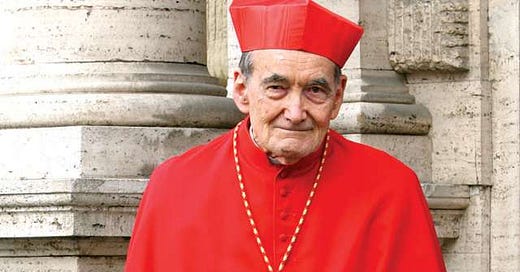



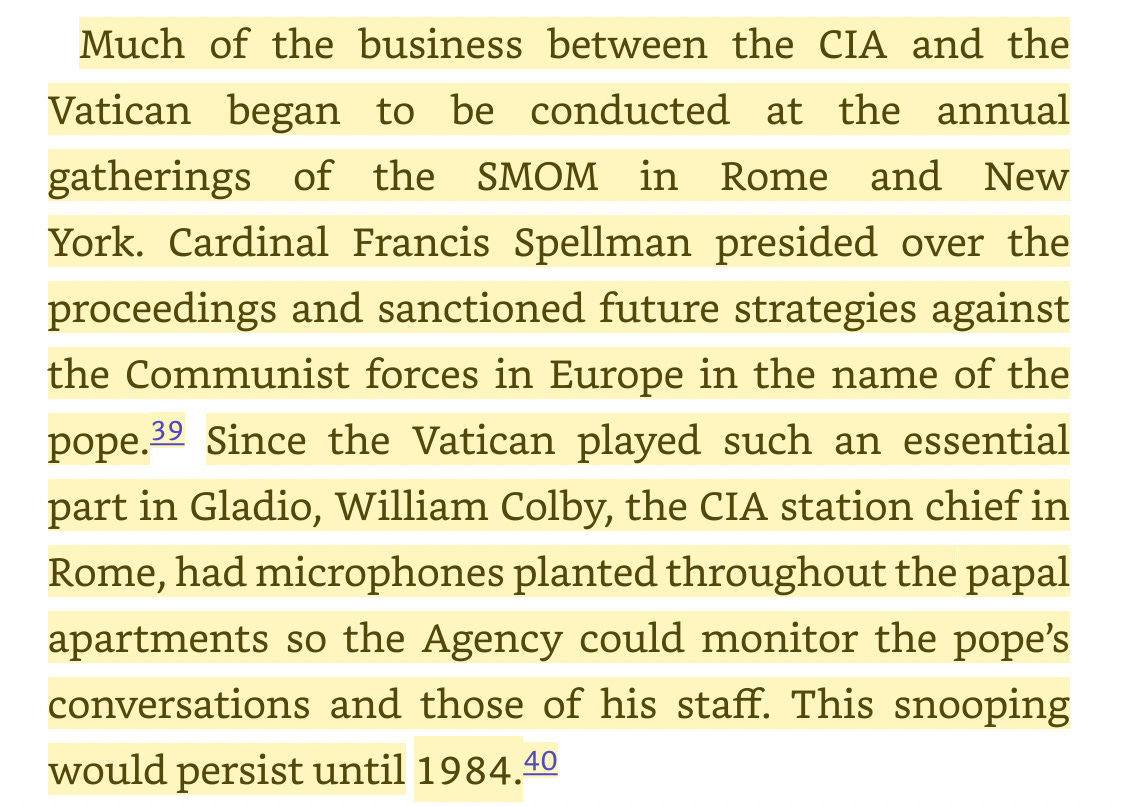
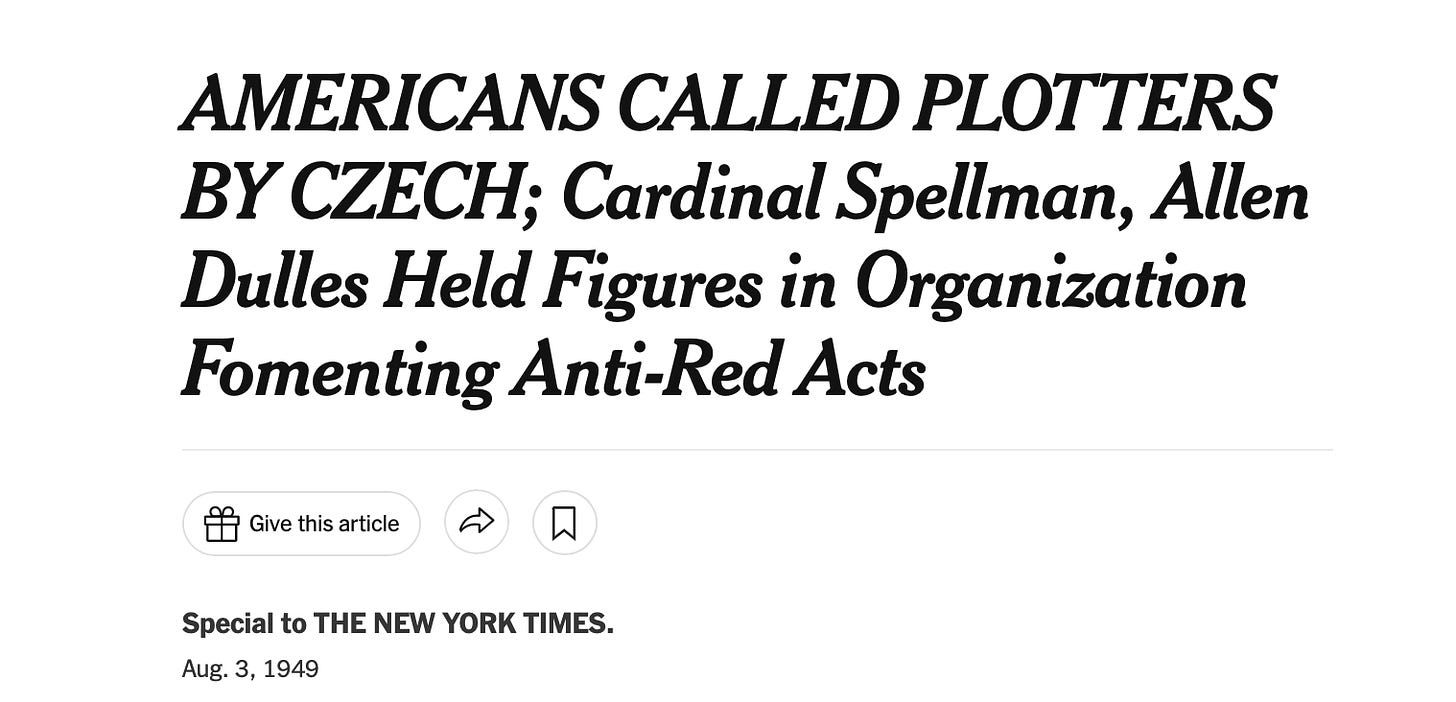
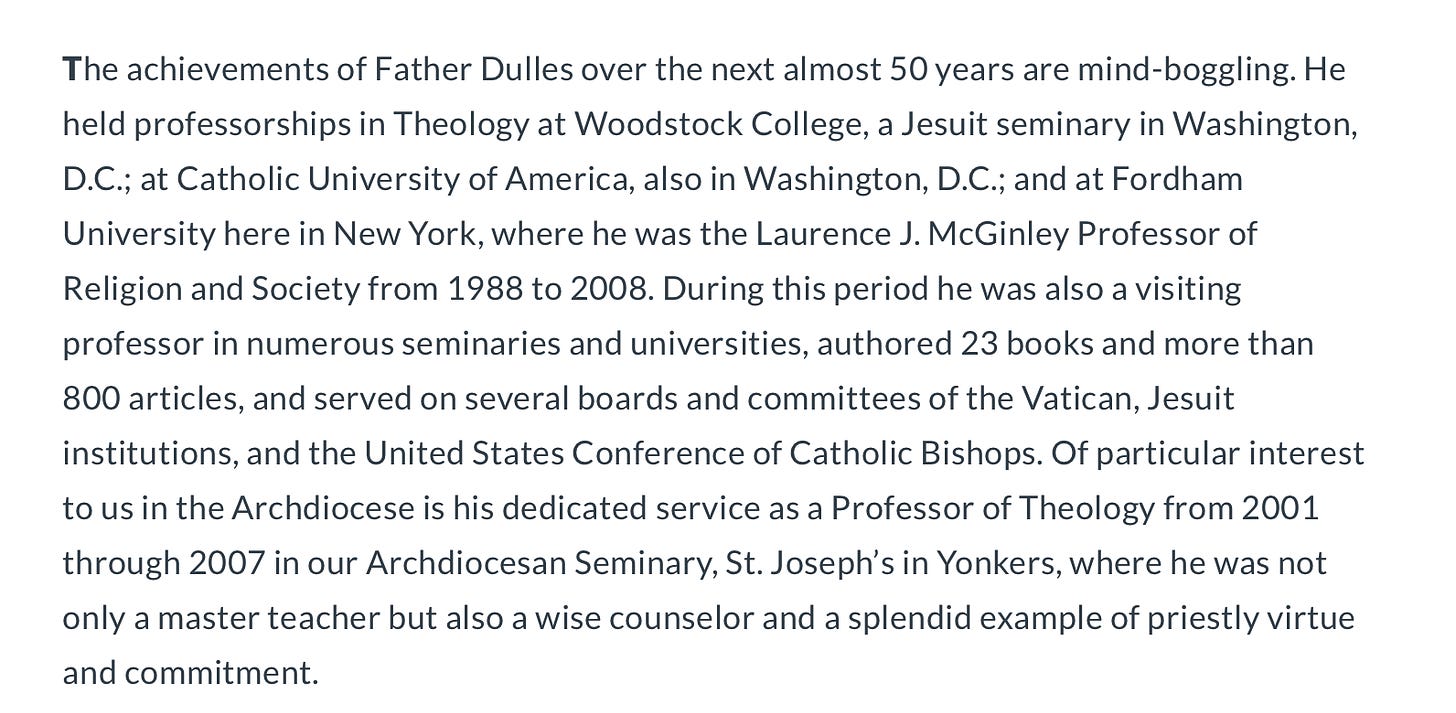
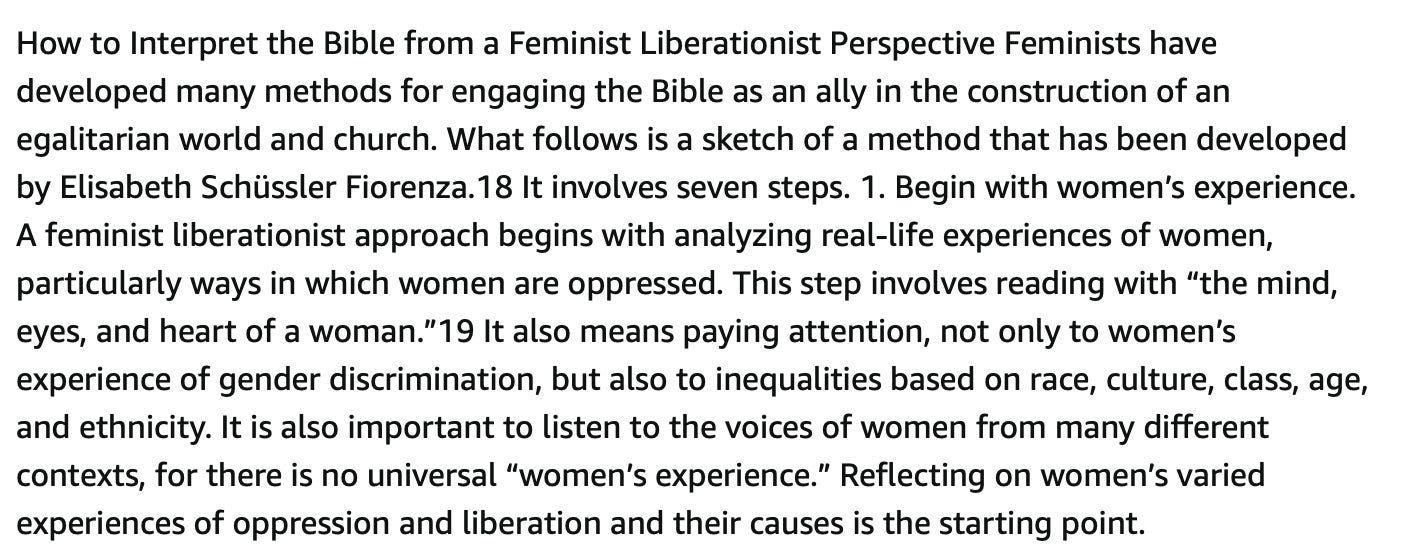

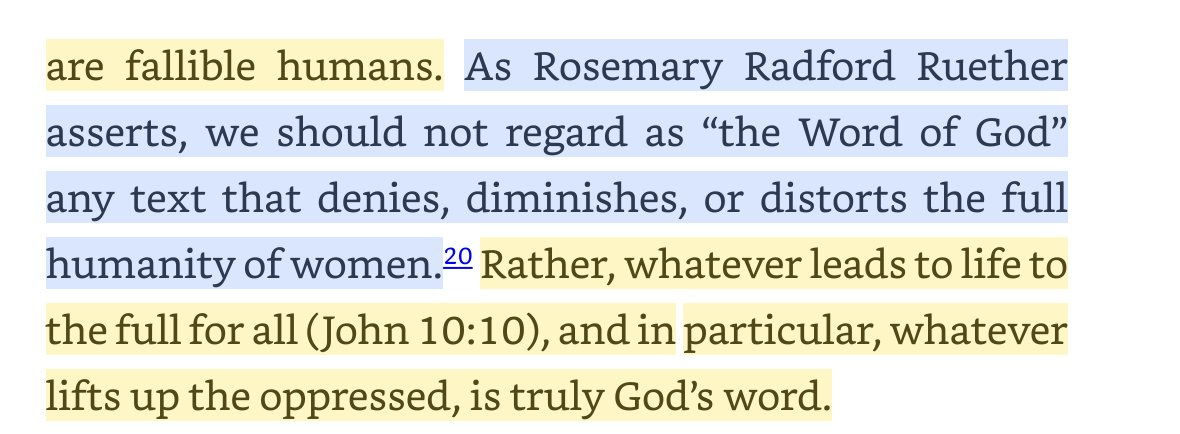

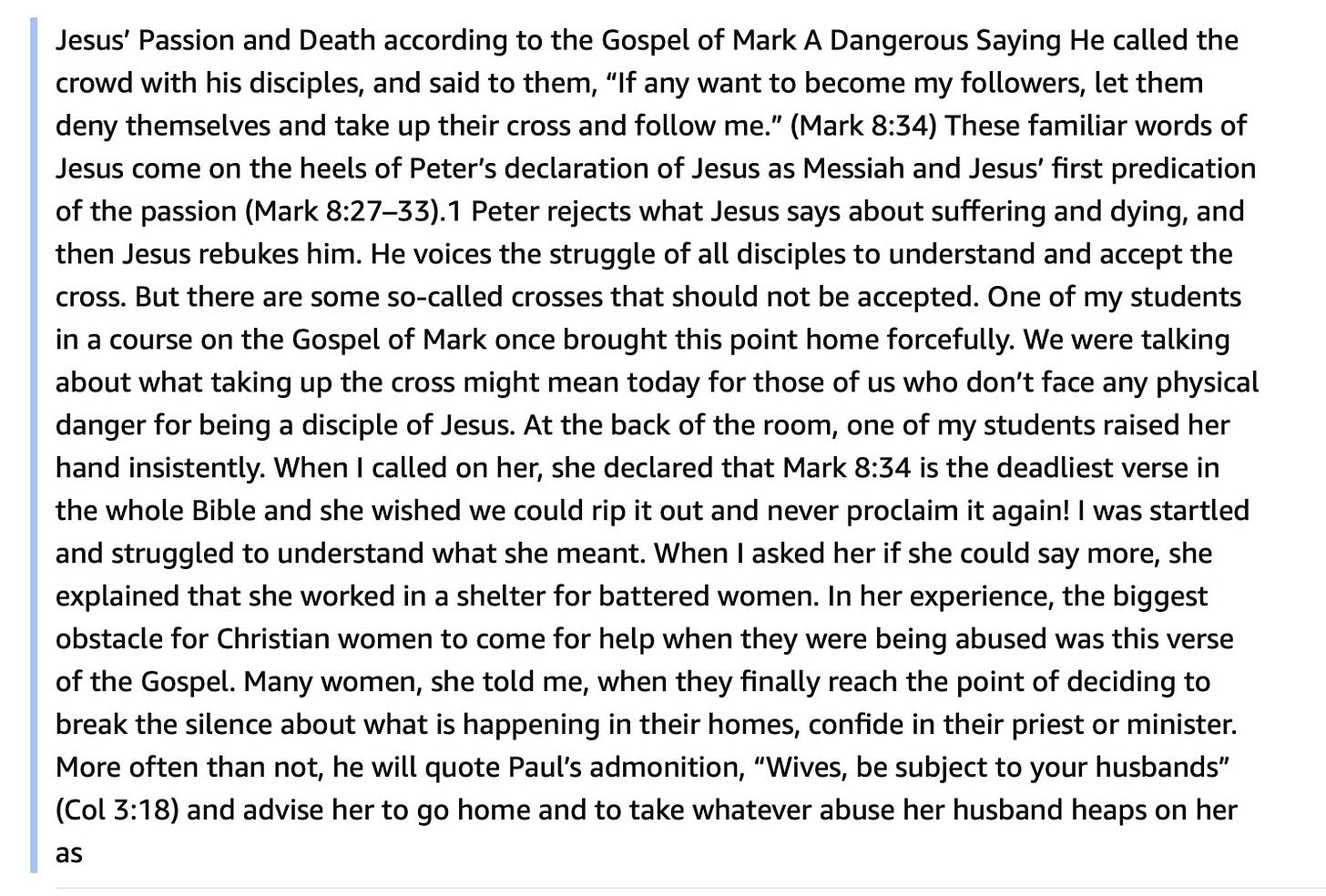
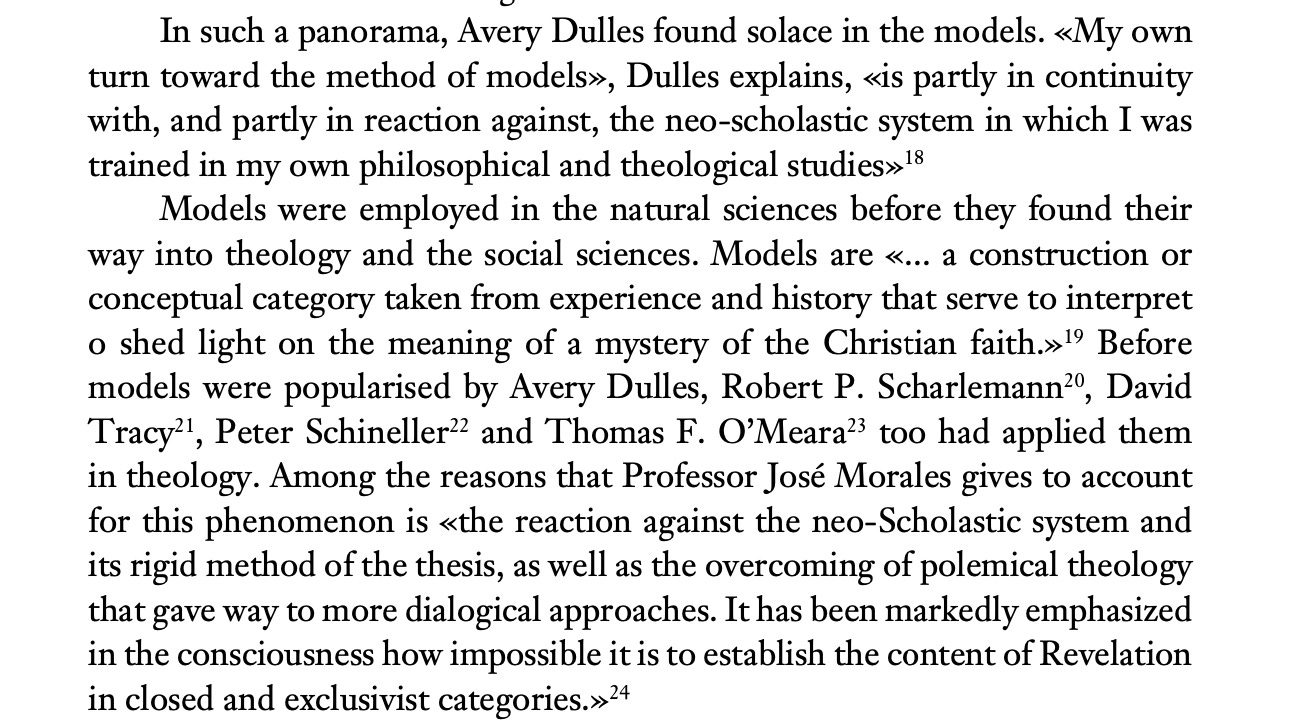

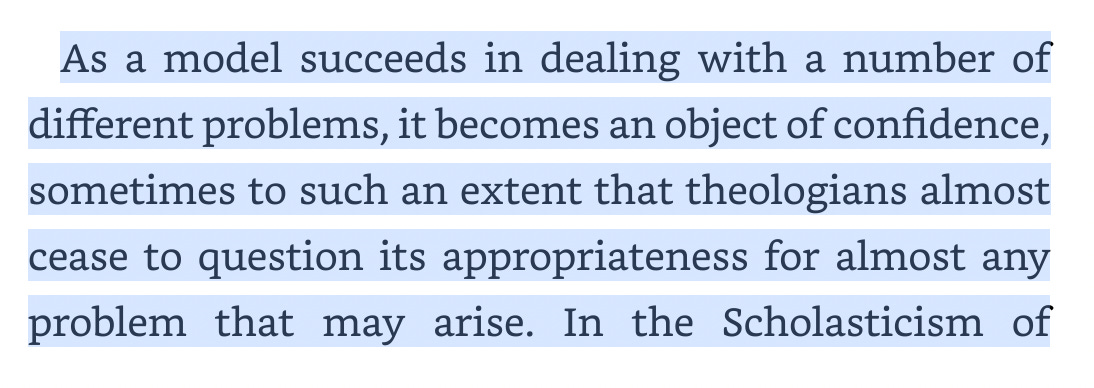
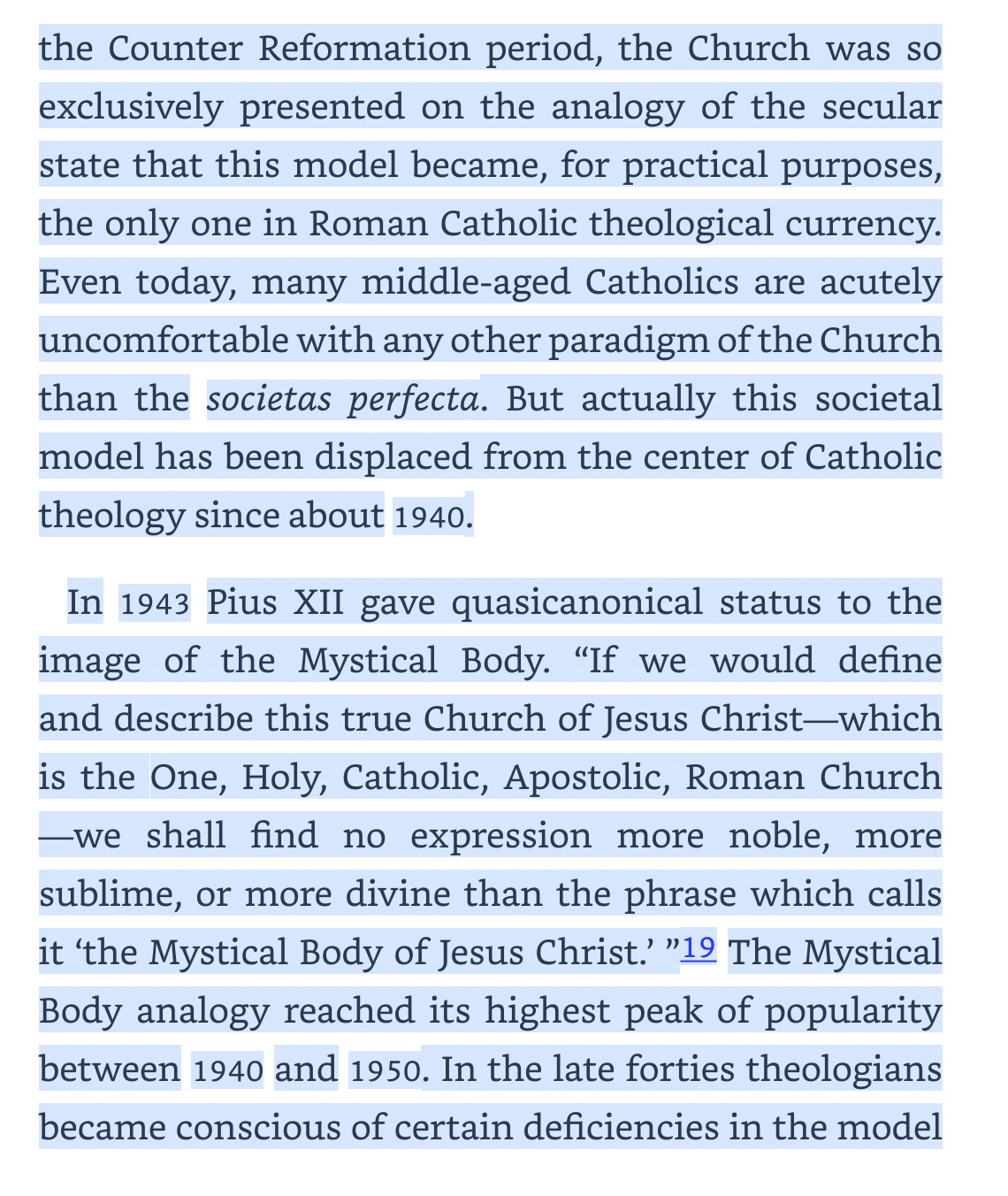
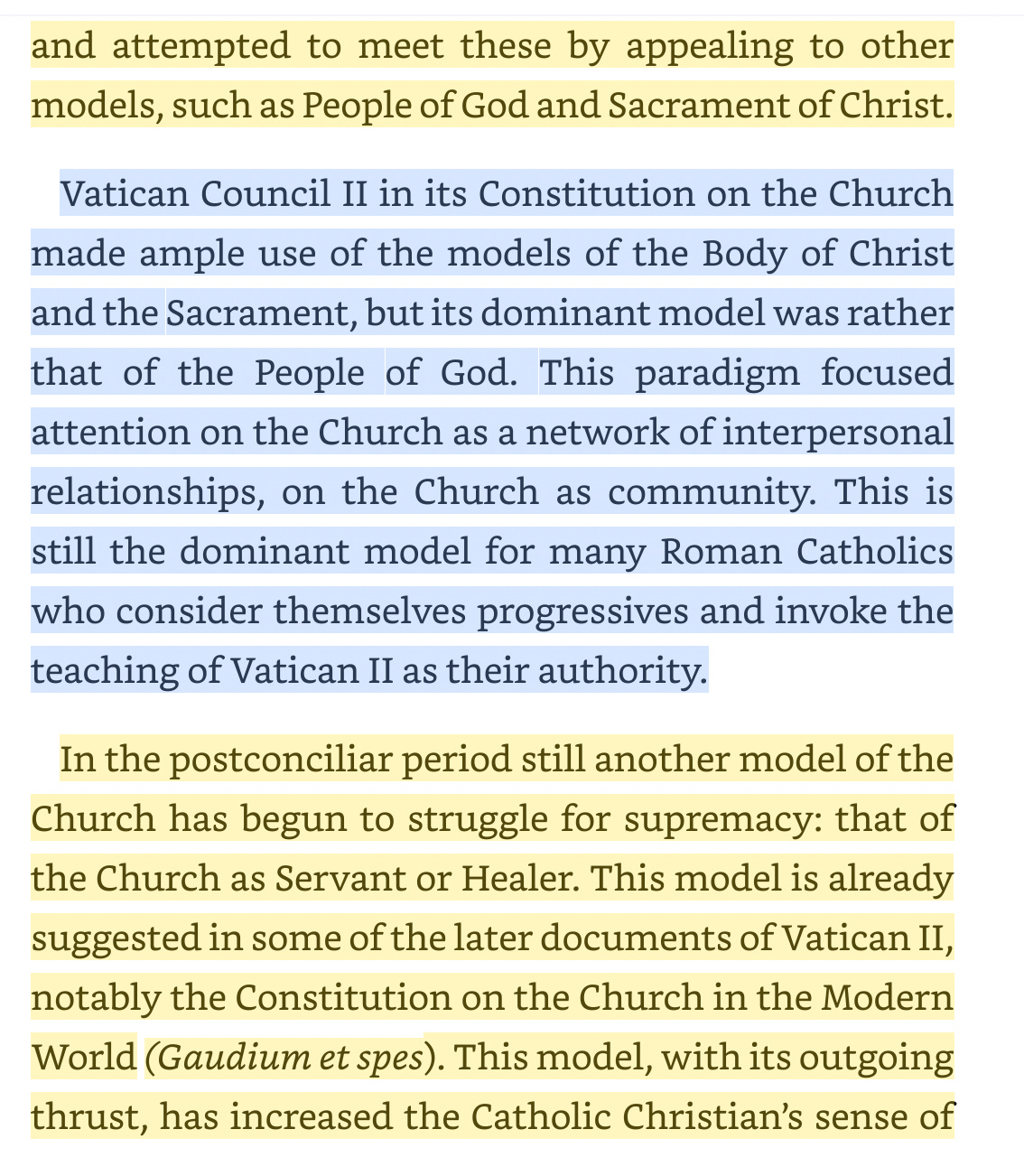
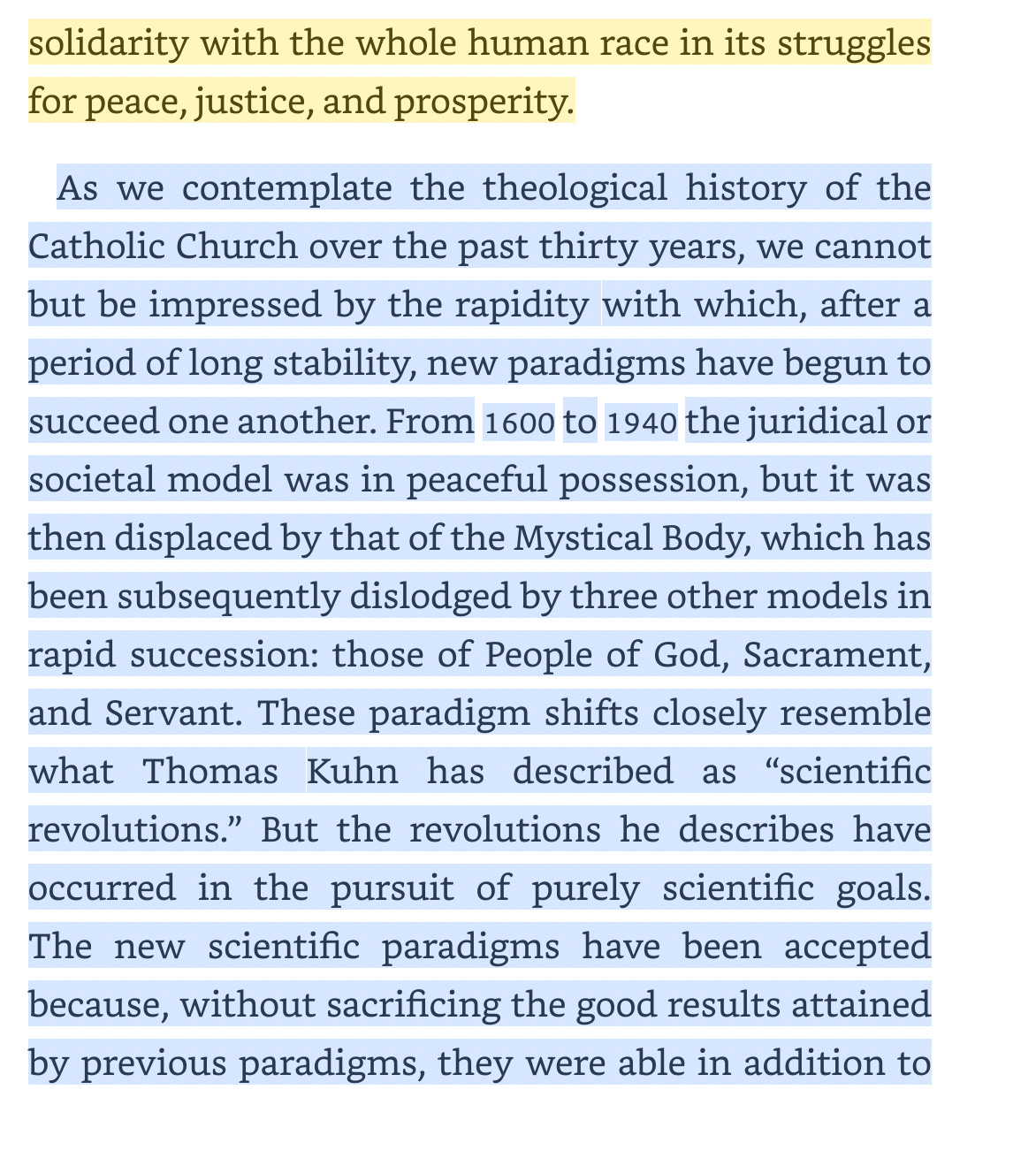


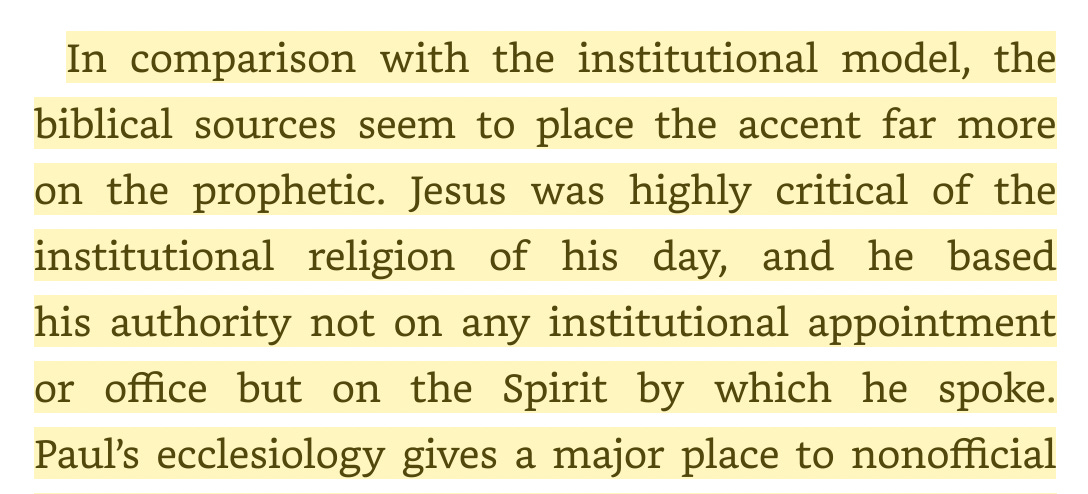
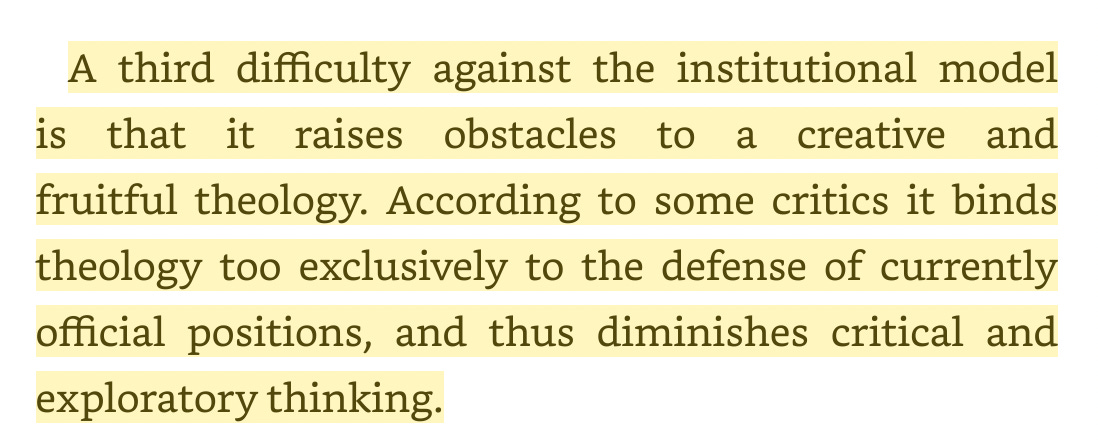
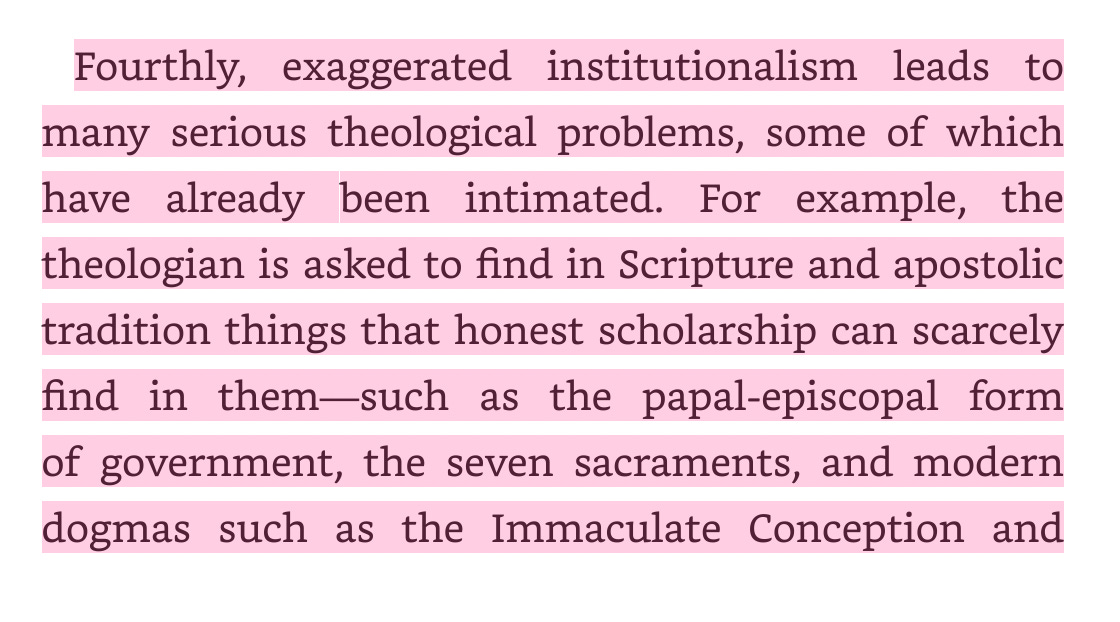

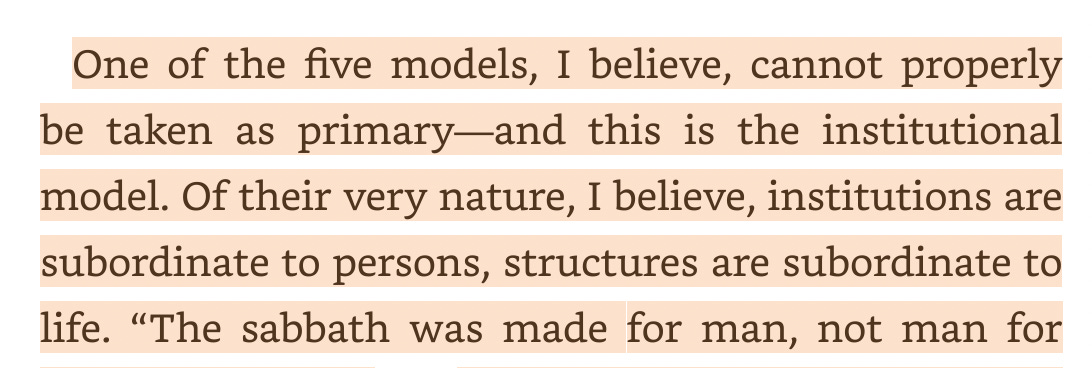
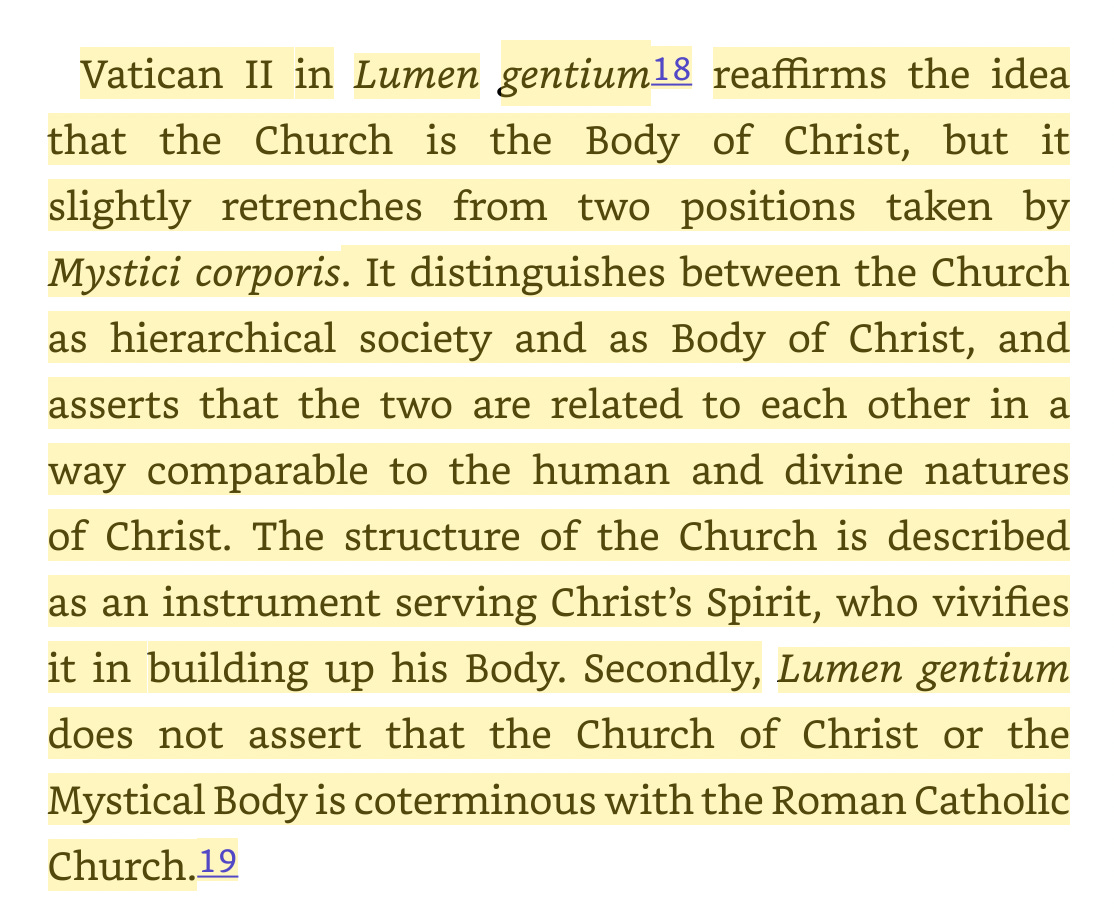
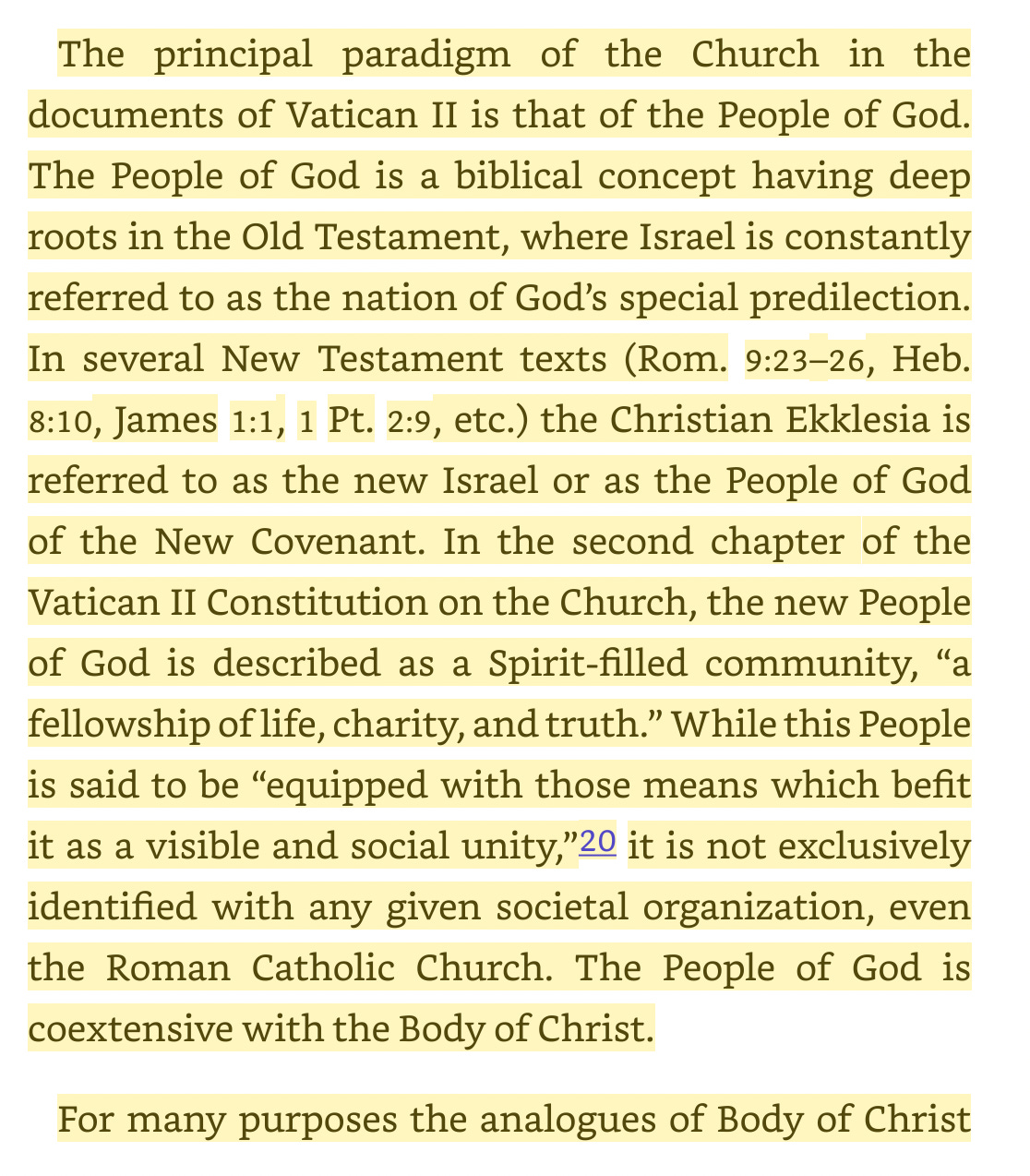


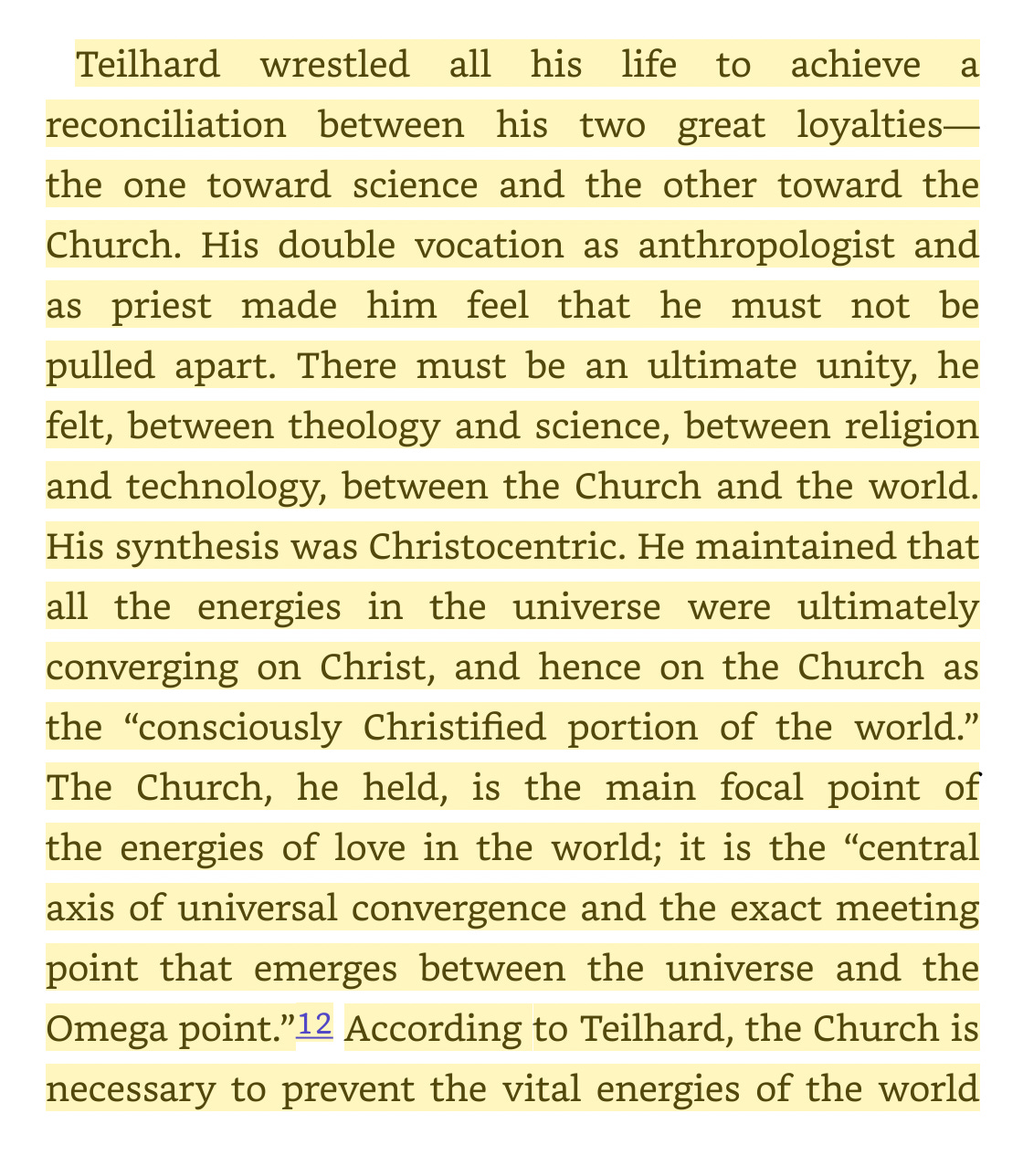


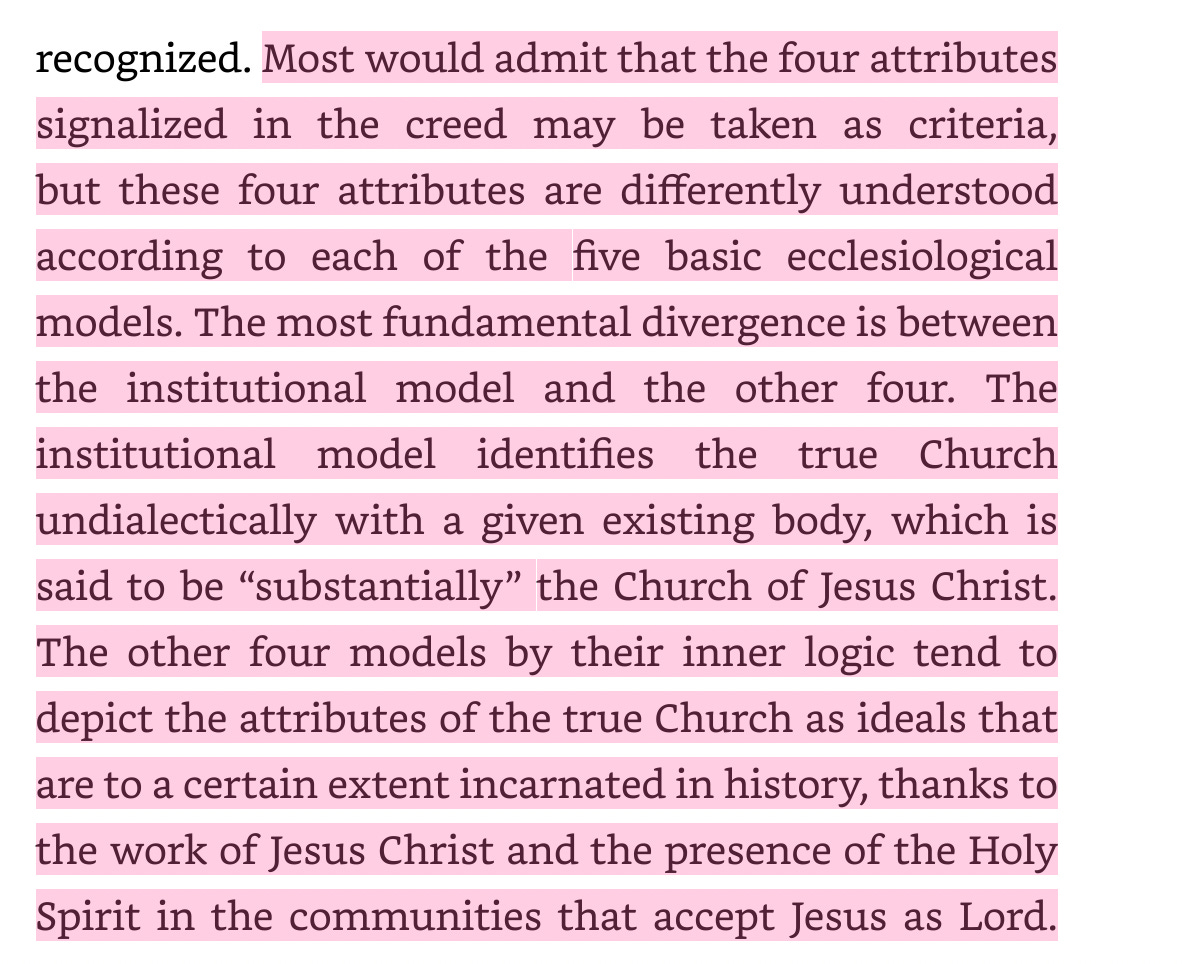
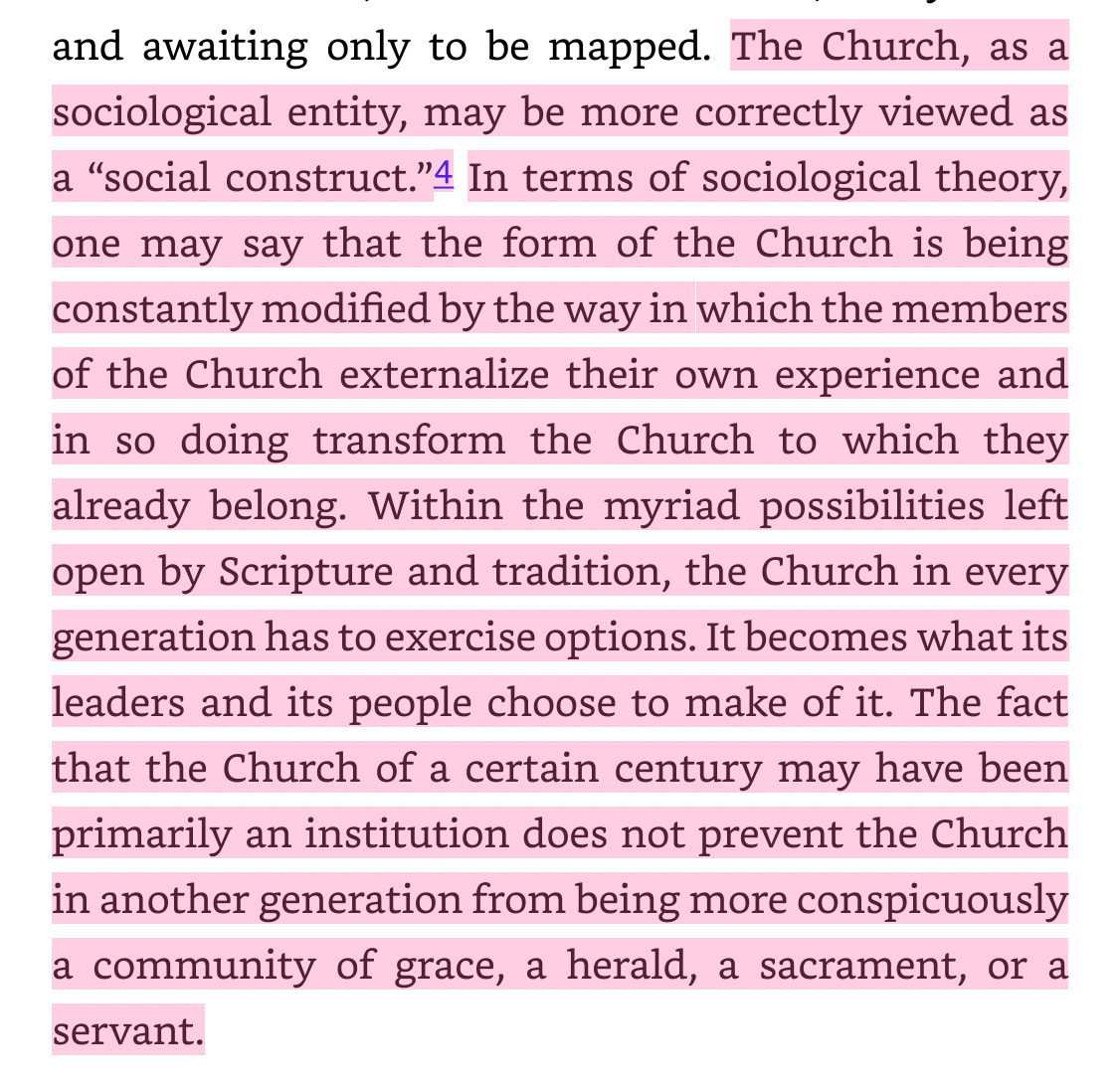

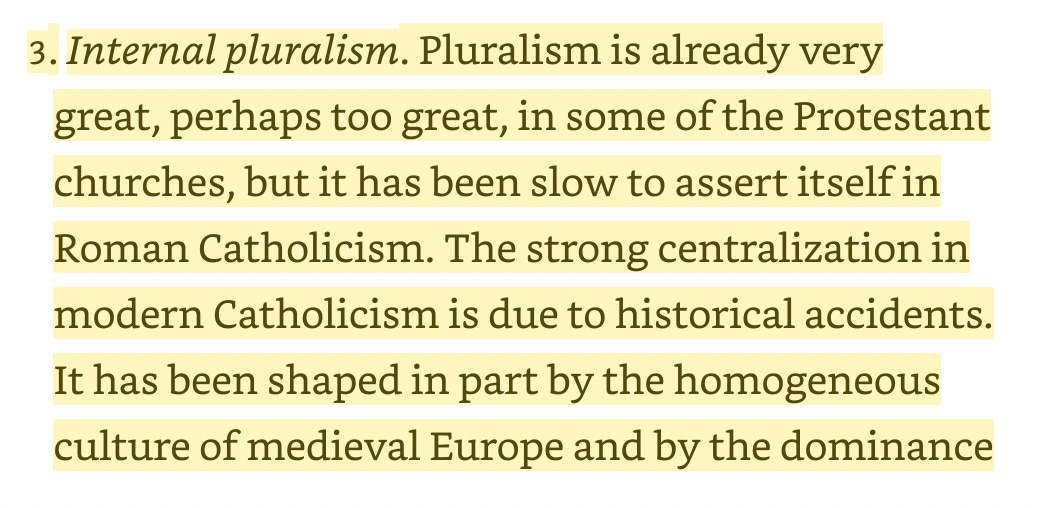
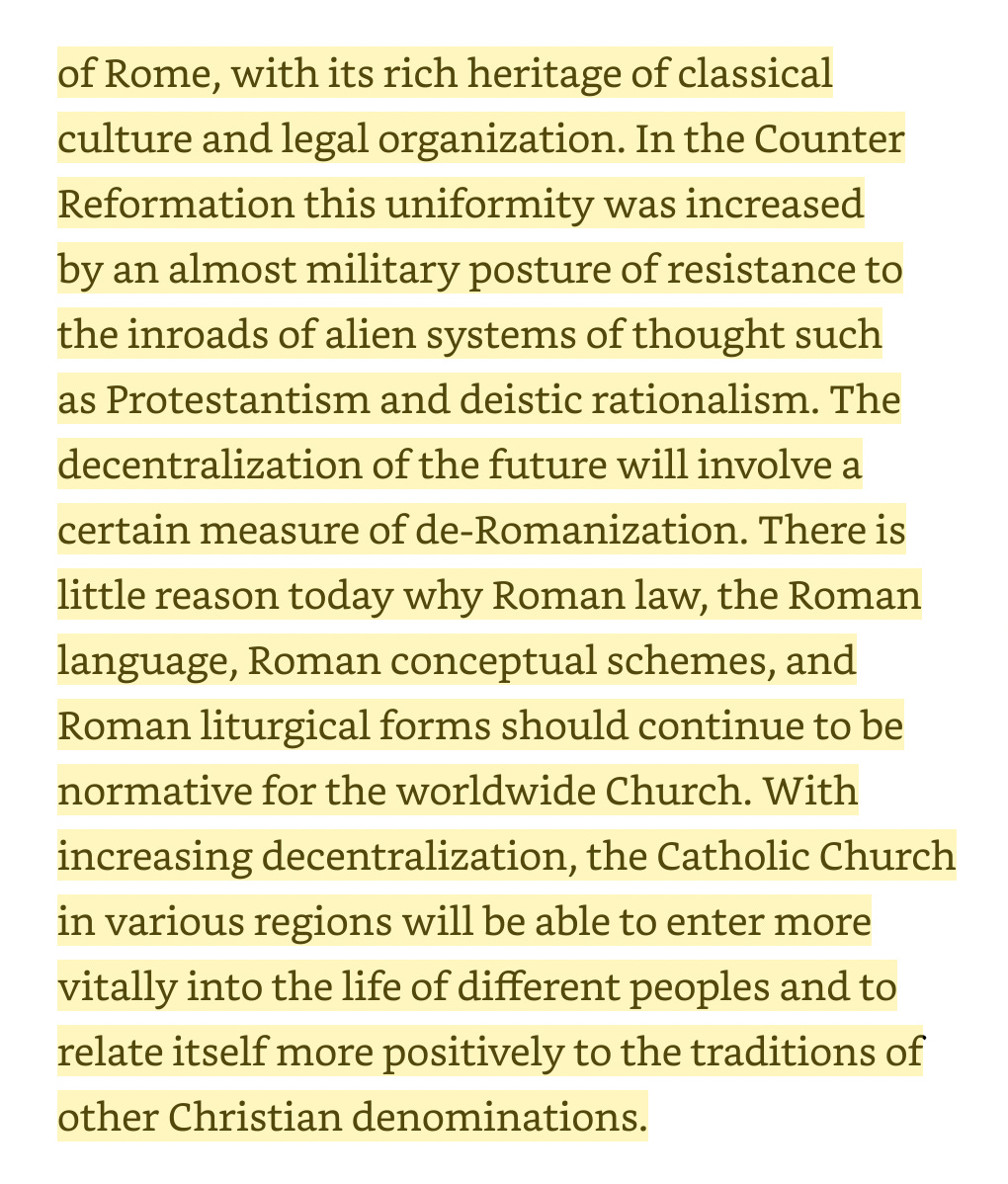
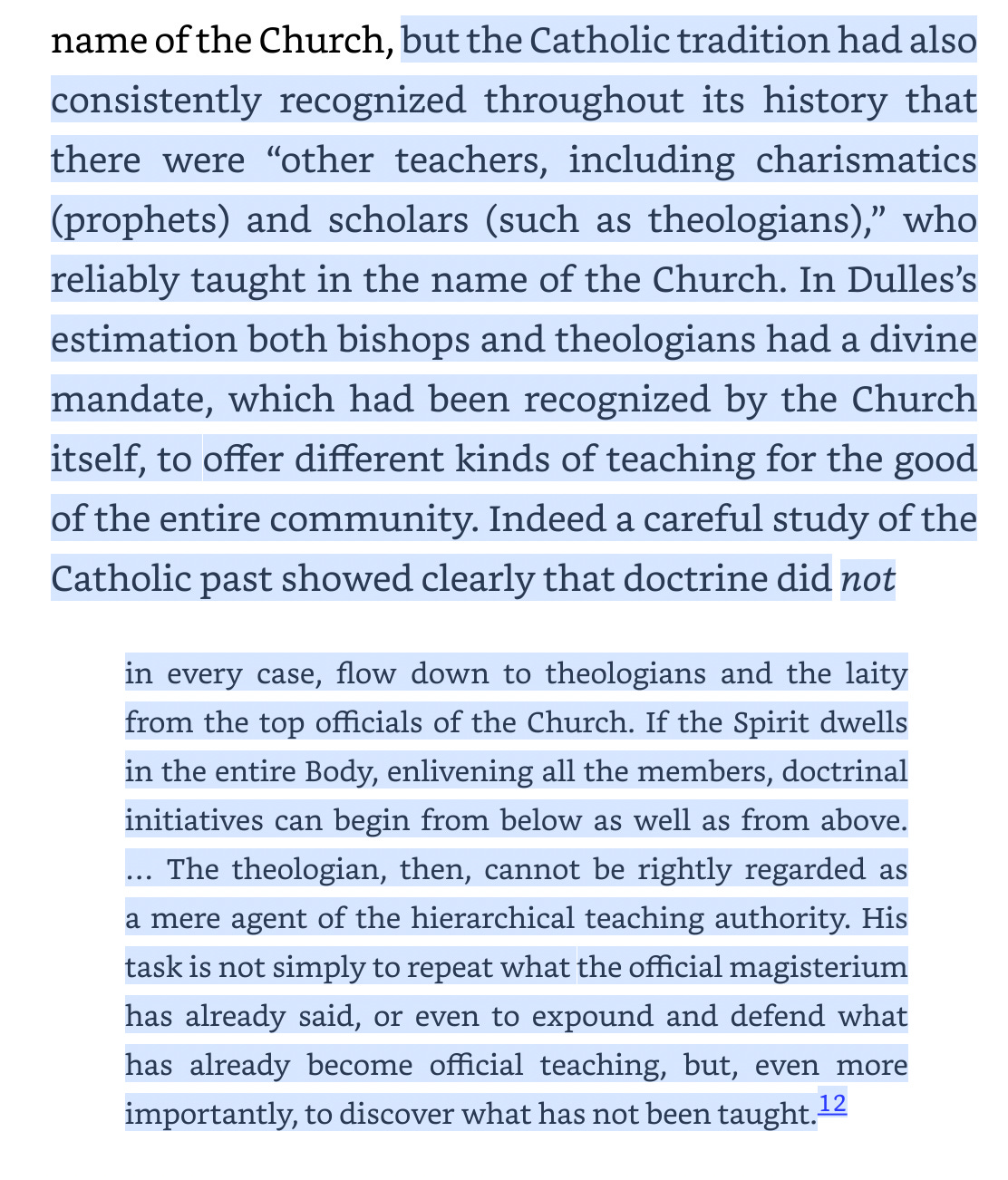
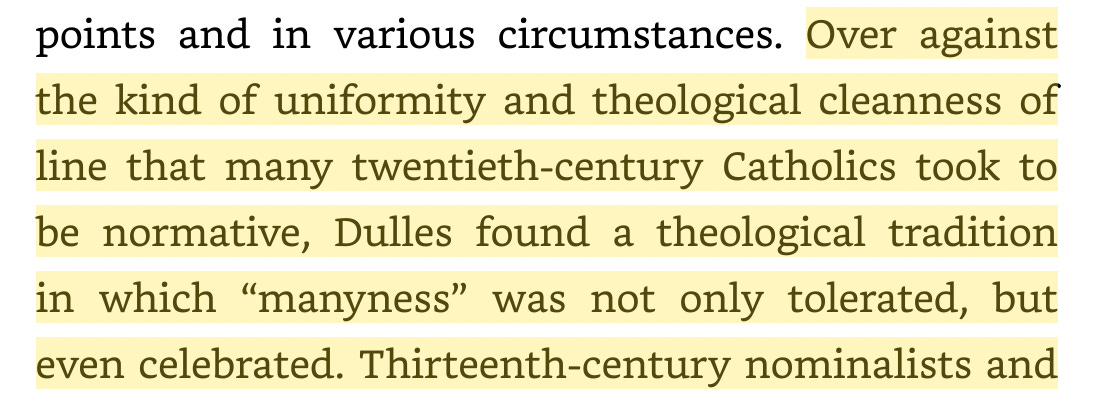


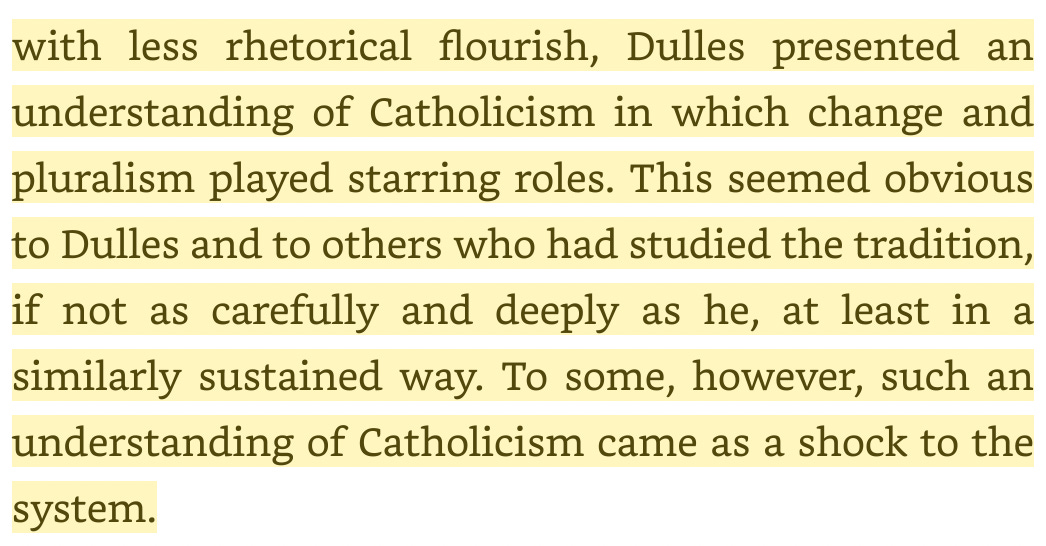
First, I've only gotten about a 5th of the way through, Pope Head, but...
Strange and wonderful coincidence thus far: last night, just last night (!) I watched a movie called "Daughter of the Maya: Rigoberta Mencha" almost accidently. The back story is I hate Hollywood garbage and tend to look for foreign films and searched out "Peruvian Movies" (I move all over the globe). While searching I watched a trailer for some revolutionary film which had "customers also watched" and so I check those out, too, as per normal for me. The above showed up and it was rather short and about a subject I was completely unaware of: Maya Indigenous Genocide and Civil War. I am 56 y.o. and my husband, 61, university general counsel, also never heard of either the war or the genocide. We watched that short documentary. You can find info here: https://www.imdb.com/title/tt5698984/
So, bazaar, in less that 18 hours I am learning from two very disparate sources mention of the Guatemalan Civil War, which lasted 36 years and killed over 200,000 people, mostly Maya Indigenous.
The other coincidence is that I had an older gentleman friend, a retired professor of philosophy, was invited to the incardination of his old buddy Avery. They were in seminary together. My friend fell in love and dropped out. He was so proud of the invite. I wanted to understand a bit about A.C.D. and so I decided to read a little book he wrote about his conversion. The only thing I remember is that as he was walking along toward the bridge from Cambridge to Boston he saw a blooming crabapple tree and it struck him that the tree knows what "to do" and this revelation, that a unintelligent creature knew what it must do and yet he, a man did not know what he must do and therefore there must be a God. (clearly I am taking liberties but you get the gist.) But nothing else he wrote remains with me at all.
I will read more of your essay...a.c.
Wemhoff, JCM and the American Proposition.